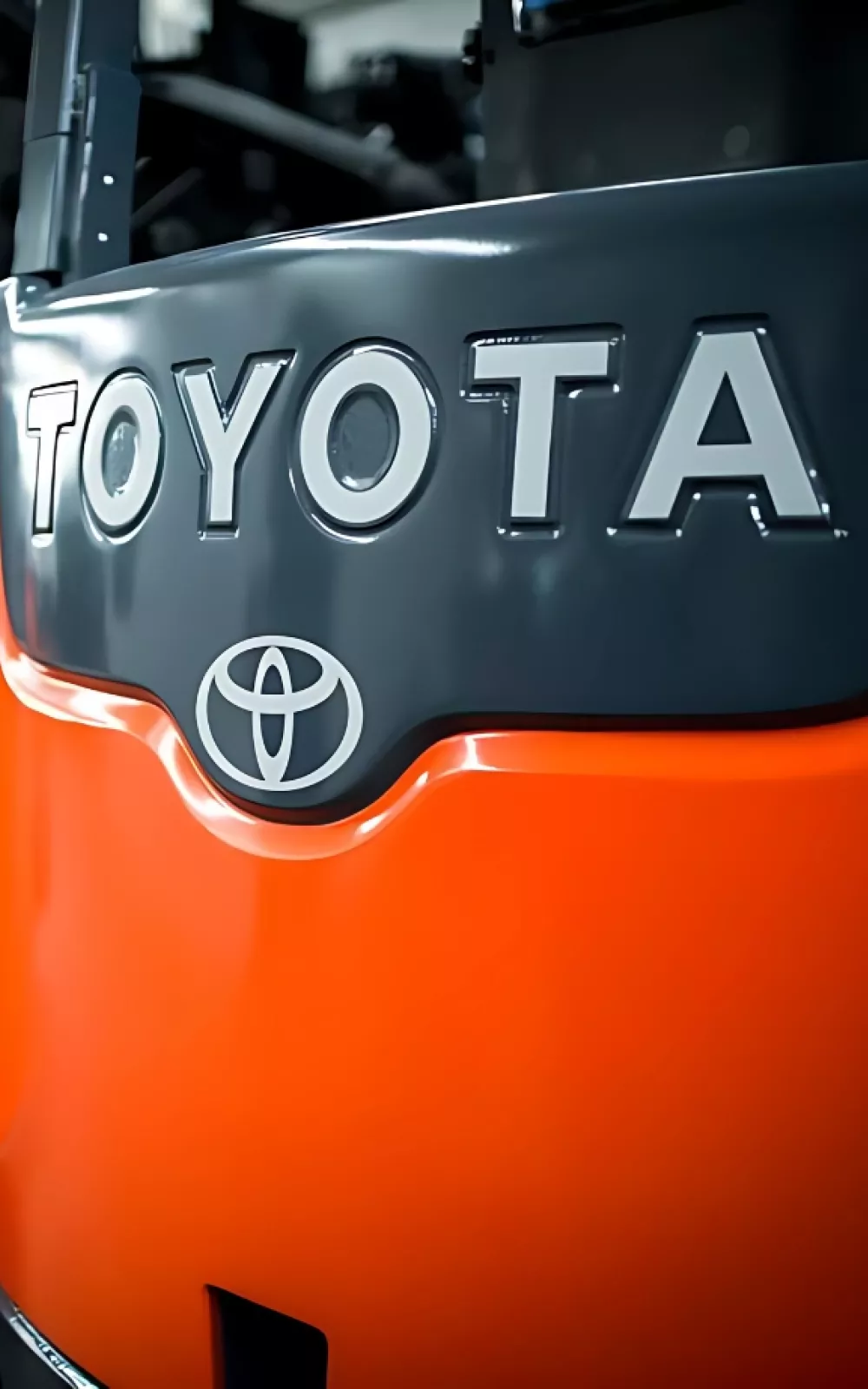Rent
ProLift offers daily, weekly, and monthly rentals. Find the right equipment for maximum productivity and safety.
Let us know how we can assist you! A ProLift specialist will connect with you to help with your material handling needs.
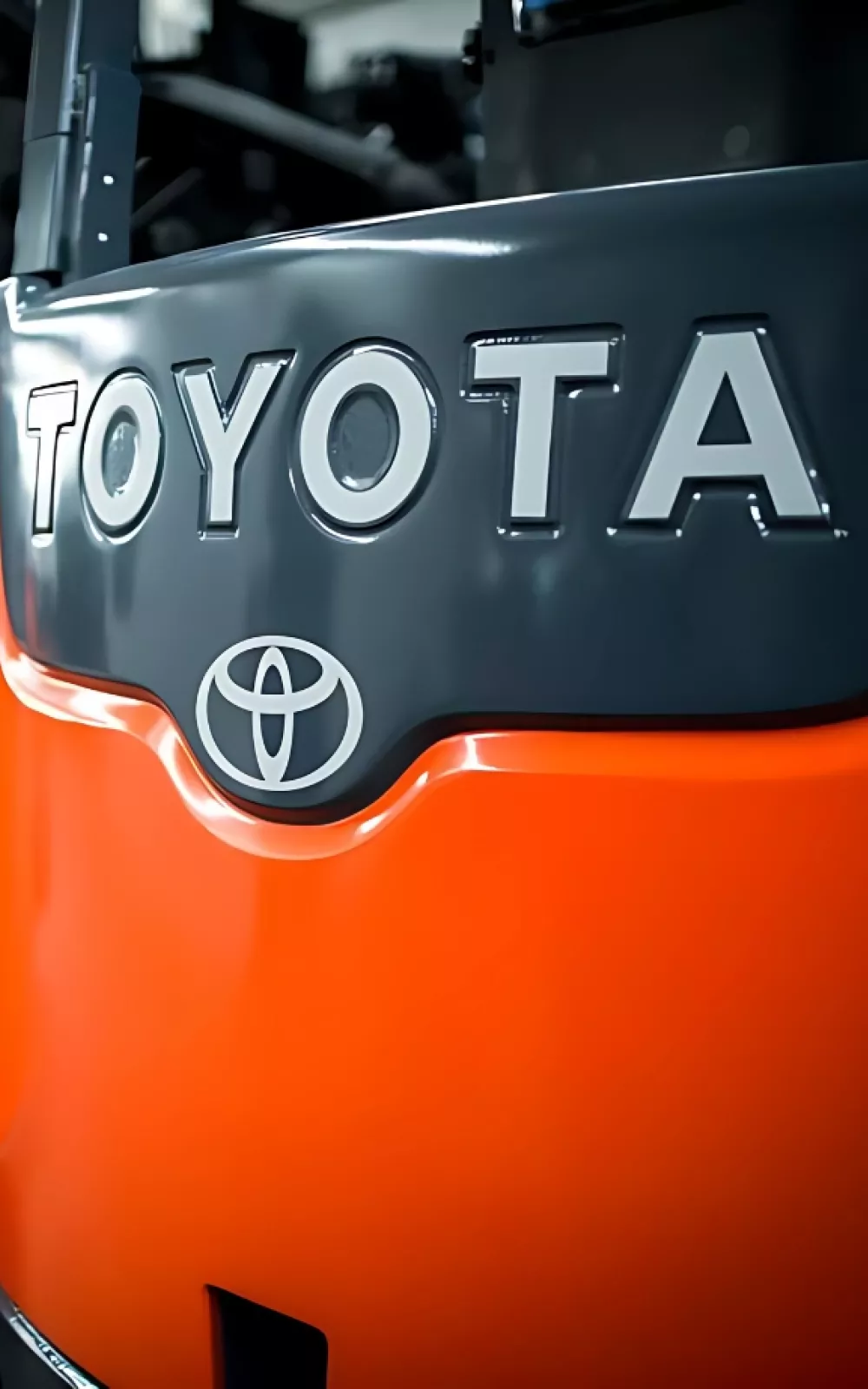
Forklift seat belt use is critical for operator safety, yet compliance varies across workplaces. Learn about seat belt requirements, the risks of non-compliance, and how enforcing these safety measures can prevent serious injuries.
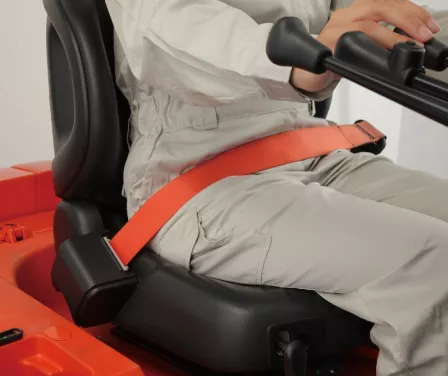
OSHA does not directly address seat belt requirements in federal regulation 1910.178. When the law does not directly answer an issue, OSHA letters of interpretation become the next resource to offer a clearer explanation.
Seat belts became standard on forklifts in the late 1980s, and many manufacturers offered retro-fit kits to add seat belts to older models. Installing these kits often required more than simply adding a seat belt; modifications to the hood, latch and hinge design, battery retention system, or even a complete seat redesign were sometimes necessary. Due to this complexity, some manufacturers provided kits for specific models, while others did not.
For maximum safety, replacing a pre-1988 forklift is recommended. If replacement isn’t feasible, record the forklift's model and serial number and contact the manufacturer to check for an available seat belt retro-fit kit. Although OSHA does not specifically mandate seat belts on older forklifts, employers are more likely to face citations under General Duty Clause 5(a)(1) if a retro-fit kit is available and not installed.
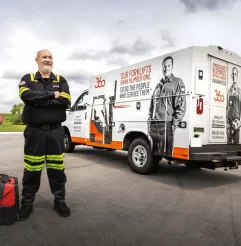
Protect your investment and minimize downtime by selecting from 4 forklift maintenance programs tailored to your needs. These programs are designed based on your usage hours, environment, application, and budget.
Seat belts are essential for saving lives, making their use on forklifts non-negotiable. In a tip-over, a seat belt prevents the most instinctive human reaction—to jump. Attempting to escape in a panic places the operator at high risk of being crushed by the multi-ton machine.
Tip-over accidents claim the lives of an average of 40 forklift operators each year in the United States and account for 25% of all recorded forklift accidents.
A standard warehouse forklift weighs about 9,000 lbs, and the force of such a heavy machine can severely injure an operator, often causing irreversible damage. It's crucial to educate operators on the severe consequences of these accidents and to emphasize the importance of wearing seat belts at all times.
Consider this: if you walked into your warehouse right now, how many forklift operators would you find risking their lives by not wearing seat belts? Contact us for safety training and retro-fit seat belts.
ProLift is your one-stop shop for dock and door, forklift, and industrial battery maintenance. Contact us today to be connected with a sales consultant.
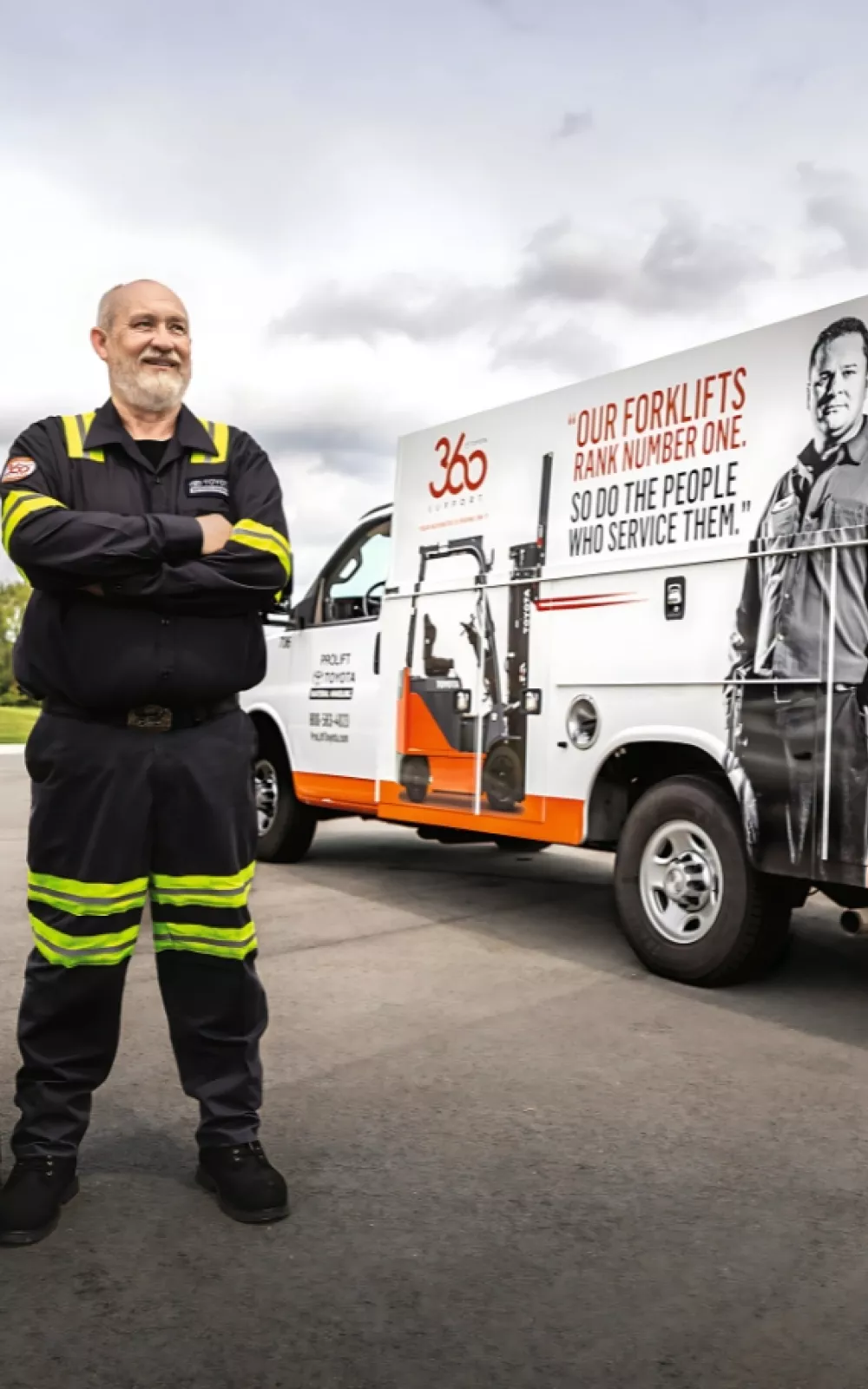
Our aftermarket solutions keep your operations running smoothly. Explore ProLift's comprehensive support today and see how we can elevate your material handling operations.

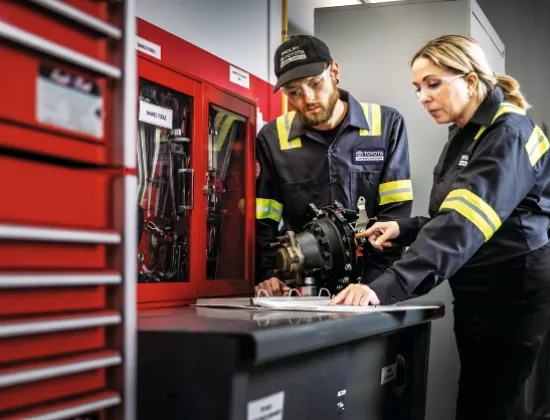
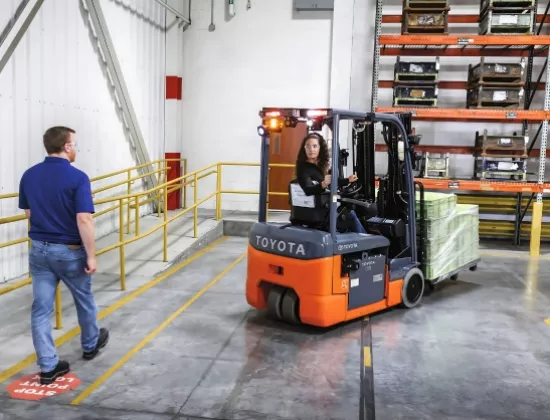


Tell us how ProLift can help. We will connect you with a specialist to answer your questions and provide a quote.
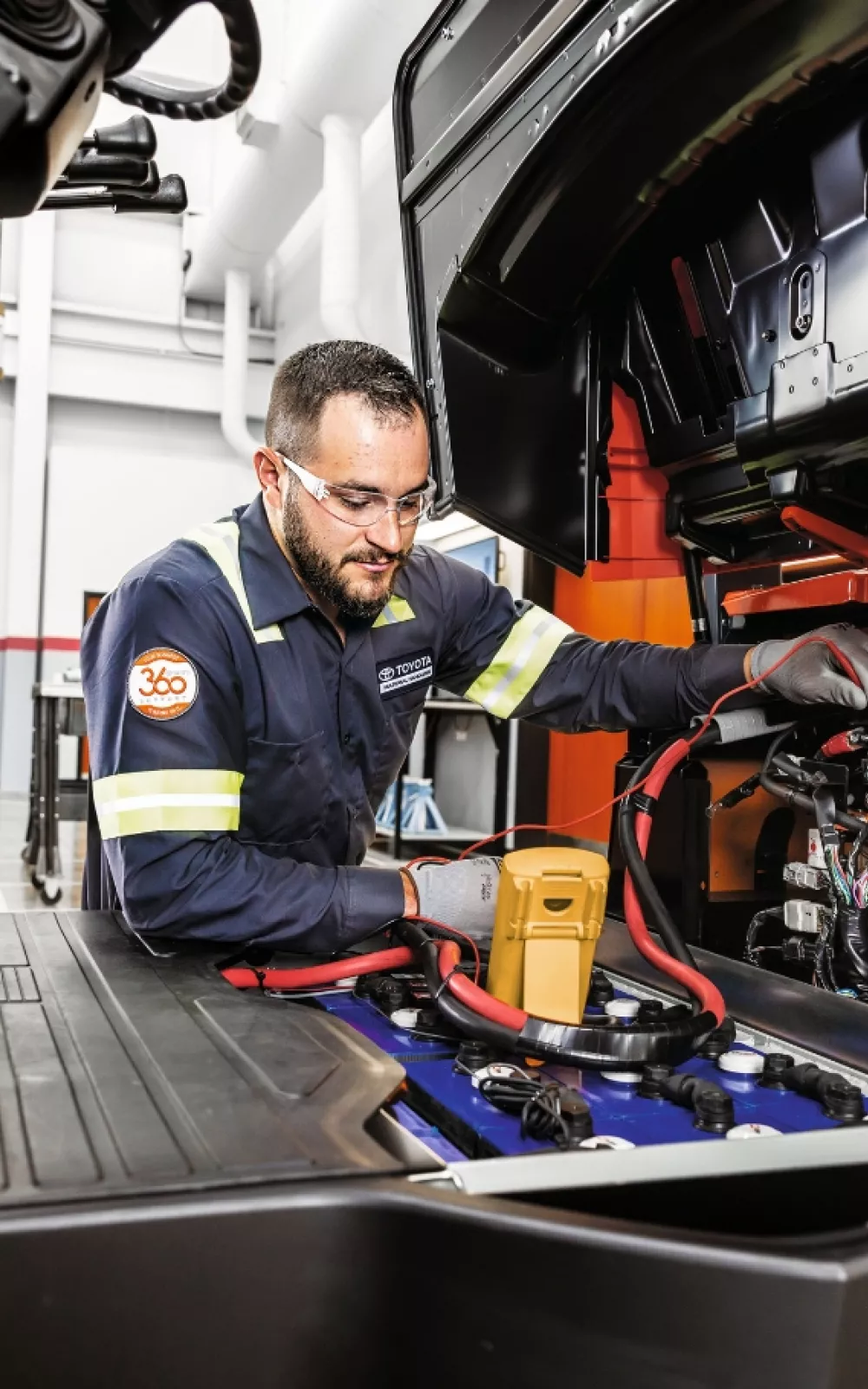
Let us know how we can assist you! A ProLift specialist will connect with you to help with your material handling needs.
